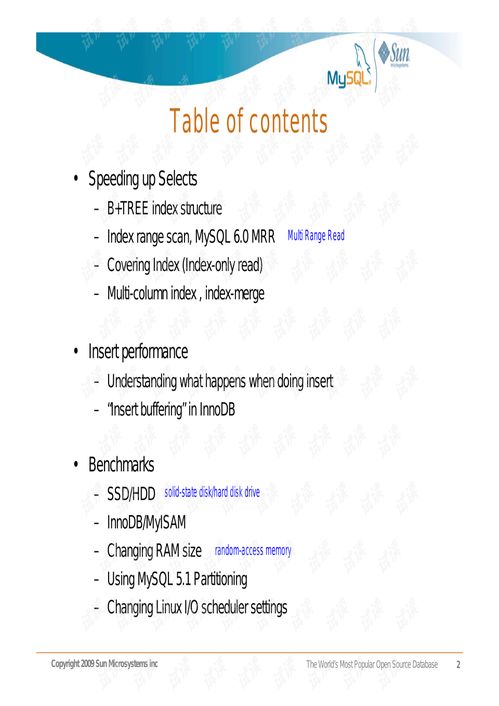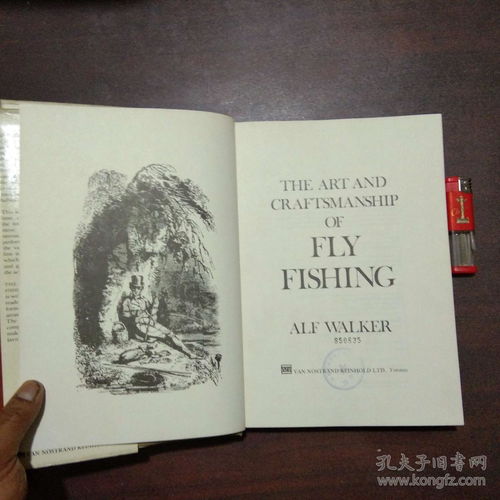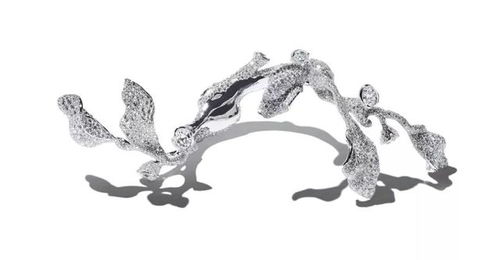Content:
In the vast and diverse world of angling, there's a niche that many anglers often overlook – chicken fishing. While it might not be as glamorous as catching a record-breaking fish, the thrill of successfully catching chickens using fishing techniques is unparalleled. If you're curious about how to fish for chickens, you've come to the right place. This article will delve into the unique world of chicken fishing, offering expert tips and techniques to help you become a master in this unusual yet rewarding pastime.
Understanding Chicken Fishing
Chicken fishing, also known as chicken snatching or chicken dipping, is the practice of catching chickens using fishing rods and lines. This unconventional form of angling has gained popularity in rural areas where chickens are abundant and the need for pest control is high. The main objective is to catch chickens humanely, ensuring they don't cause damage to crops or spread diseases.
Choosing the Right Equipment
Before you can start chicken fishing, you'll need the right equipment. Here's a list of essentials:
- Fishing Rod and Line: Use a light spinning rod and a monofilament line. The lighter the rod, the more sensitive it will be to the chickens' movements.
- Hook: A small, lightweight hook is ideal. Chicken fishing hooks are typically small and designed to prevent the chickens from feeling pain.
- Sinkers: Choose a small sinker to keep the line in place without dragging the hook on the ground.
- Swivels: Use swivels to prevent the line from tangling as the chickens move.
- Bobbers: While not necessary, a bobber can help you detect when a chicken has taken the bait.
Selecting the Bait
The bait you choose is crucial in chicken fishing. Here are some effective options:
- Grain: Chicken love grain, so using corn or wheat as bait is a classic choice.
- Bread: Soft, moldy bread can be a great attractant for chickens.
- Vegetables: Potatoes, carrots, or radishes can also work well.
Setting Up the Trap
To set up your chicken fishing trap, follow these steps:
- Find a Location: Look for areas where chickens are known to frequent, such as near farms, fields, or backyards.
- Bait the Hook: Attach your chosen bait to the hook, ensuring it's secure.
- Cast the Line: Cast your line out to the desired distance, taking care not to disturb the chickens.
- Secure the Line: Tie the line to a stake or tree, or use a line holder to keep it in place.
Fishing Techniques

Now that you have your setup ready, it's time to learn the techniques for successful chicken fishing:
- Patience is Key: Chicken fishing requires patience. It's important to wait for the chickens to approach the bait without causing a commotion.
- Sensitivity: Since chickens are quite light, your rod should be sensitive enough to detect their movements. The moment you feel a slight tug, set the hook gently.
- Reeling In: Once you've hooked a chicken, reel it in slowly. The goal is to keep the chicken calm and avoid causing harm.
- Handling the Chicken: Once you've caught the chicken, handle it gently and quickly. Avoid squeezing or striking it, as this can cause unnecessary stress or injury.
Safety and Ethical Considerations
When engaging in chicken fishing, it's important to consider safety and ethical practices:
- Humanely Handling Chickens: Always treat the chickens with respect. Avoid unnecessary harm or stress.
- Legal Regulations: Check local laws and regulations regarding chicken fishing to ensure you're complying with legal requirements.
- Pest Control: While catching chickens is important, remember that the main goal is to control pests. Avoid catching more chickens than necessary.
In conclusion, chicken fishing is a unique and interesting form of angling that requires patience, sensitivity, and the right techniques. By following the tips and advice outlined in this article, you'll be well on your way to becoming a master chicken fisherman. So, grab your rod, find a good spot, and enjoy the unique thrill of chicken fishing!












